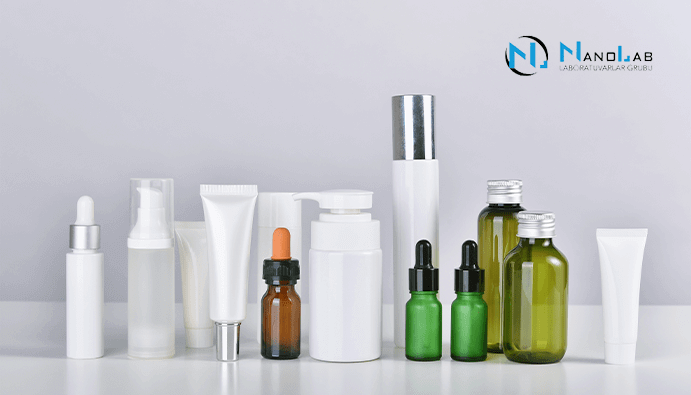Packaging Compliance Testing
Cosmetic products must be produced in accordance with some relevant laws and regulations in order to obtain a usage permit. These;• Cosmetic Law No. 5324 dated 24/3/2005
• 23/05/2005 Cosmetic Regulation R.G. Number:25823
• Cosmetic Regulation No 1223/2009 of the European Commission
For finished cosmetic products, they should be evaluated for safety before being placed on the market. One of the evaluation conditions in terms of safety is packaging compatibility.
Packaging materials must comply with Annex II and Annex III of the regulation in terms of content.
Cosmetic Regulation ANNEX II
• List of Prohibited Substances in Cosmetic Products (1379 items RG-15/7/2015-29417)
Cosmetic Regulation ANNEX III
• List of Substances That Cosmetic Products Should Not Contain (Limited substances list - 296 items RG-15/7/2015-29417
In general, the packaging information that should be included in the product information file of a cosmetic product should be as follows:
1. Specification of packaging material: It should contain the physicochemical properties of all parts (lid, bottle, valve, etc....)
2. Packaging material technical specification (TDS)
3. Information on residues and impurities: Compliance with REACH, azo dyes, heavy metals Hg, Pb, Cd, CrVI, phthalate etc.
4. Finished product stability study (in original packaging)
5. Results of the compatibility study with packaging (Compatibility study)
Parameters Considered in Compliance Studies with Packaging in General:
Chemical Analysis
• Transition from plastic packaging to formula Total migration
• Specific migration: PAA, Heavy metals, Vinyl Chloride monomer residue, Bisphenol A, Phthalate
• VOC Analysis
• SVHCs Analysis
• PAH Analysis
Microbial Analysis
• Antibacterial Activity in Packaging: Total Bacteria, Mold & Yeast, Pathogens
Physical Analysis
• Organoleptic examination
• Plastic Performance tests: Tensile, rupture, shear, impact, aging analysis, thermal analysis


